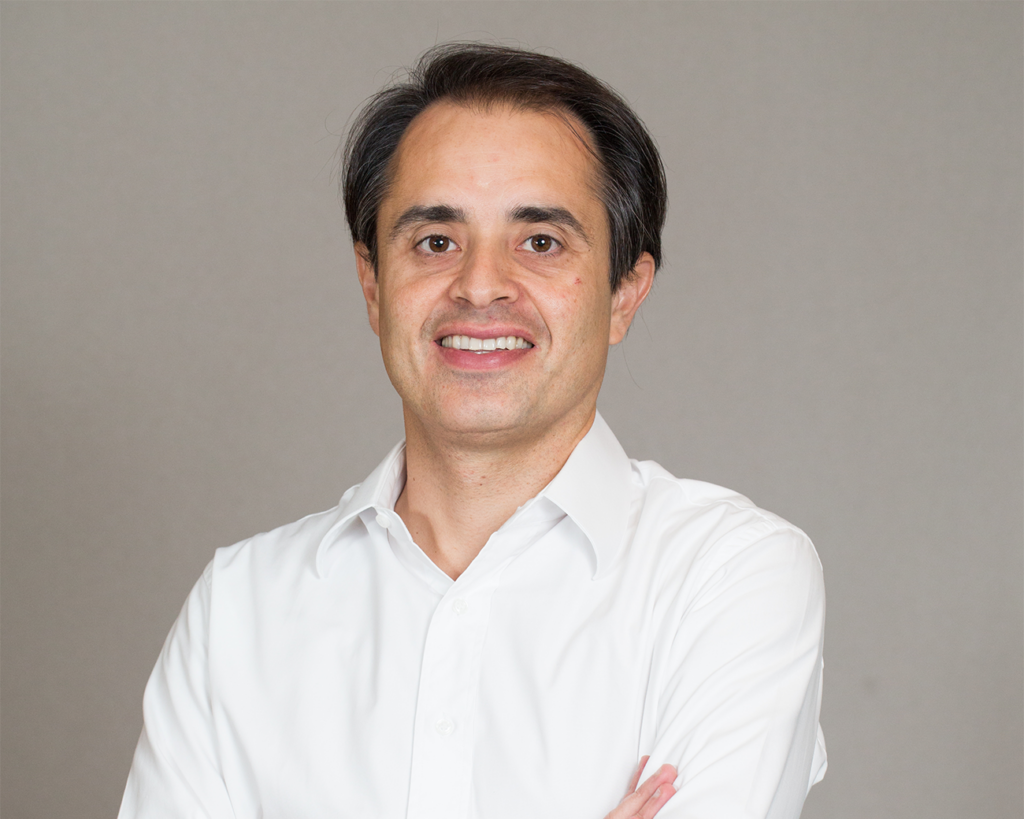LP Profiles, Member Profiles
An Interview with John Avirett, Greenspring Associates
27 January 2011

LAVCA recently spoke with John Avirett, Principal at Greenspring Associates, about the firm’s venture fund-of-fund’s model and a recent trip to Latin America.
 LAVCA: Tell us a bit more about Greenspring Associates. What are your assets under management? What is your diversification strategy?
LAVCA: Tell us a bit more about Greenspring Associates. What are your assets under management? What is your diversification strategy?
Avirett: Greenspring Associates (formerly Montagu Newhall Associates) was founded in 2000 and focuses solely on venture capital investments including top-tier early-stage funds, late-stage funds, growth equity funds, and secondary fund commitments. Greenspring also makes late-stage direct co-investments alongside our underlying managers. Since the firm’s formation, Greenspring Associates has raised approximately $1.9 billion across five venture capital fund-of-funds partnerships and three strategy-specific separately accounts. Greenspring Global Partners venture fund-of-funds’ targeted allocation has typically been 75% in top-tier early and growth equity venture capital funds and 25% in growth equity/later stage direct co-investments. In terms of diversification, Greenspring Global Partners venture fund-of-fund’s invests over 2-4 vintage years in roughly 20 top-tier venture managers.
LAVCA: Roughly what percentage of your portfolio do you generally allocate to emerging markets venture capital?
Avirett: We have a targeted geographic allocation of approximately 80% in U.S-based investments and 20% international investments. Within our venture fund-of-funds’ international allocation, the majority of the capital is allocated to emerging markets; in particular China and India. Our fund also invests in Europe and Israel. We have begun to see some of our global managers selectively invest in Latin America deals as well. We believe that our international investment strategy in the short term will remain fairly consistent, but, as market environments change and new opportunities present themselves, we intend to allocate our capital to the best opportunities in venture capital independent of the geography.
LAVCA: How do you define venture capital? Does the definition differ between developed and emerging markets?
Avirett: I define venture capital as an investment into an early-stage high growth company that has the ability to deliver meaningful multiples on invested capital. Typically, venture capital investments are made in businesses that have yet to reach profitability, however, possess a novel technology or business model. Coupled with a venture capitalist’s experience or technical expertise, this early-stage company can grow to potentially have a profound impact on its industry, geography or society. Venture capital investments in developed markets are largely focused in the information technology, communications, healthcare, and clean technology sectors. In emerging markets it is much harder to clearly define venture capital investments due to the fact that venture managers are investing in a much broader range of companies by stage and sector. In China and India, for example, many venture capital managers make investments into businesses that are not technology enabled and are in fact, profitable.
LAVCA: You perform both fund investments and direct investments. For direct investments, what factors are most important for you when making an investment decision? Which sectors are of most interest to you and your clients?
Avirett: For direct co-investments, the factors that are the most important to our team are: a high growth company led by a strong management team with a proven history of execution, a company that offers disruptive technologies or business models, defensible intellectual property, product differentiation, or market leadership. We also want to see that the company has a clear plan to becoming cash flow positive, is supported by a strong investor syndicate that participates heavily in the financing, and in which the financing is structured with downside protection. Greenspring typically invests between $5-15 million into the last round of financing before an IPO or an M&A event in our venture managers’ most promising companies. The sectors that we are most interested in are: cloud computing, Software as a Service (SaaS), digital media, mobile, social media, data storage, and virtualization.
LAVCA: What would be a typical size of a commitment that you make to a fund?
Avirett: Greenspring typically makes $10M to $15M commitments to our venture capital managers, including our established international and emerging markets managers.
LAVCA: How does your due diligence process differ for selecting managers in developed vs. emerging markets?
Avirett: We conduct deep diligence on managers in both developed and emerging markets, although there are a few differences in our process for emerging managers. Our firm spends a great deal of time evaluating the country specific risk in emerging markets. In order to do this, our team typically makes 5-10 trips a year to the emerging nation in which we invest. These trips allow our team to do an on the ground assessment of the current investment climate in these nations. Additionally, our team does an even more extensive background investigation on each of the key investment professionals at an emerging market fund.
LAVCA: Greenspring recently made a trip to Chile. Can you tell us about your interests in the country, what you did while you were there?
Avirett: Jim Lim, one of the Managing Partners at our firm, and I recently went to Chile on a trade mission sponsored by the United States Department of Commerce. The goal of the trip was to give top-tier U.S managers the opportunity to meet with local institutional investors. Additionally, we met with local venture capitalists, students, entrepreneurs, and governmental agencies that are working to foster a vibrant venture capital ecosystem in Chile. Jim and I are having a number of follow-up discussions, and we intend to make a trip back down to Chile in the next 6-9 months. We hope to be helpful in Chile’s venture capital development in many facets and therefore, are interested in continuing our dialogue to determine how we can be supportive in furthering Chile’s mission to develop a domestic venture capital market.
LAVCA: What other countries in Latin America are of particular interest to you right now? Do you expect to make an investment in a Latin American fund or company in 2011?
Avirett: The countries in Latin America that are of the most interest to our firm are: Brazil, Mexico, Chile and Peru. We do not expect to make an investment in Latin America this year but intend to continue to build relationships with the top venture managers in the region.
LAVCA: What is your take on the current state of venture capital investment in Latin America?
Avirett: The answer to this question varies depending on the country in Latin America, but, in general, the venture capital ecosystem in Latin America is still very early in its development. That being said, there are a large amount of attractive investment opportunities in the region. Over the next ten years, I believe we will see significant improvement in the venture investing environment in a number of the Latin American nations. We fundamentally see our role as a conduit to monetizing innovative assets. We believe these assets will be more globally distributed then they have in the past. Further, we anticipate Latin America will play an increased role in this process going forward. Therefore, we need to establish relationships that give us the best possible chance to participate in the most successful outcomes.
LAVCA: What changes would you like to see in Latin America before you start allocating a greater percentage of your funds there?
Avirett: While we are very interested in the emerging investment opportunity in Latin America, there are a several changes that we would like to see before we begin to actively deploy capital including: local managers with consistent track records of delivering outsized returns, U.S-based venture managers becoming more active in the region including forming partnerships with local venture capitalists, more experienced local entrepreneurs, and improved exit environments for venture backed companies.
You may be interested in...
-

Luciana Antonini Ribeiro, eB Capital
Executive: Luciana Antonini Ribeiro, Co-Founder and CIO Member Name: eB Capital Year...
-

Cristiano Gioia Lauretti, Kinea Private Equity
Member: Kinea Executive: Cristiano Gioia Lauretti, Head of Private Equity HQ: São...
-

Maria Pia Iannariello, MGM Innova Capital
LAVCA recently spoke with Maria Pia Iannariello, Co-Founder & COO of MGM Innova Capital,...
-

Rafael Ramirez, Portfolio Manager, Alaska Permanent Fund Corporation
LAVCA recently spoke with Rafael Ramirez, Portfolio Manager– Private Equity &...